Seven successes show there’s more than one way to restore a wetland
Seven unique wetland projects from across the Bay watershed
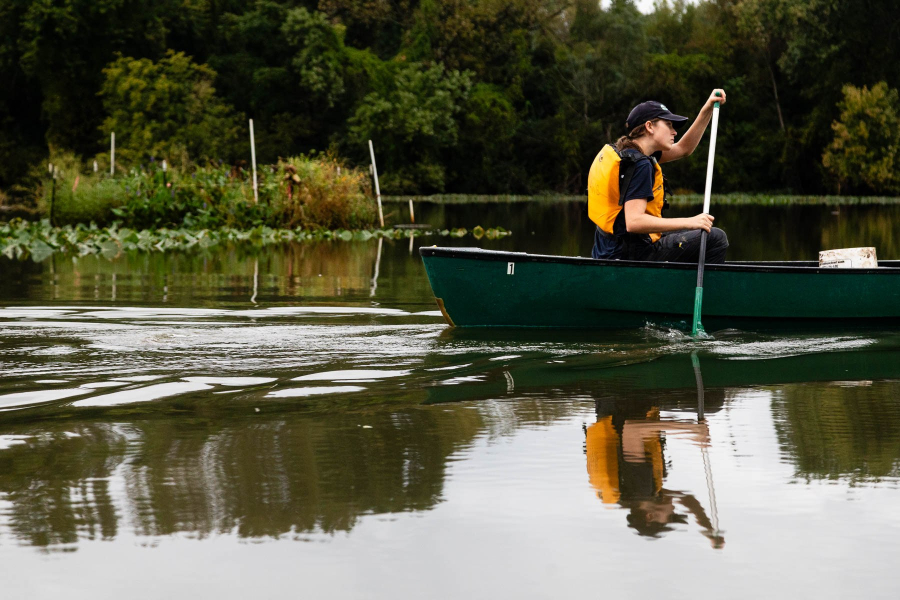
Wetlands are incredibly diverse habitats. Broadly defined as areas where water is covering the soil, they can be found along the tidal shores of the Chesapeake Bay, near freshwater streams and rivers, or tucked away in forests, meadows and parks. While vast stretches of wetlands can be found in the watershed, there are countless smaller ones found on farms, waterfronts, school grounds and various other public and private properties.
The methods we use to protect, restore or enhance wetlands also varies. This work could include planting vegetation, removing invasive plants and animals, picking up litter, building impoundments and ditches, or simply agreeing not to develop the land.
But one thing that all wetlands all have in common is that they almost always benefit their surrounding environment. They keep shorelines and stream banks from eroding, reduce community flooding, filter nutrient pollution out of the water, provide habitat for our most beloved species and even improve fishing and hunting.
Below, seven unique wetland projects demonstrate the wide range of work being done across the watershed. Many of these projects are carried out by members of the Chesapeake Bay Program’s Wetland Workgroup, which collaborates on creating new wetlands and enhancing the function of existing ones.
Enjoy the stories and let us know if you have any to add in the comments!
A revitalized waterfront makes room for wetlands
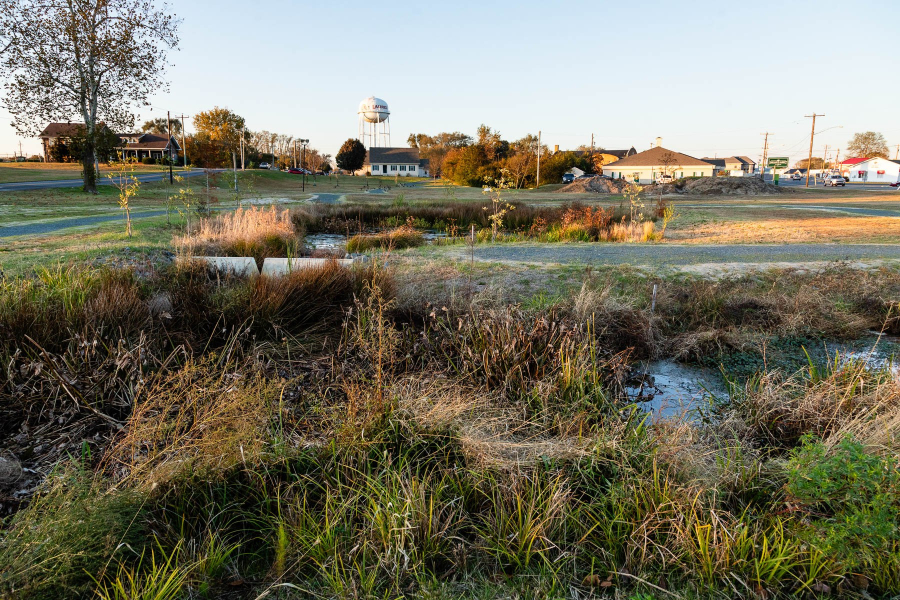
Along Broad Creek in Laurel, Delaware, the town is creating a revitalized waterfront. Known as The Ramble, this visionary project uses green infrastructure such as trees, rain gardens and wetlands to minimize flooding, protect Broad Creek from erosion and generally beautify a corridor running through the heart of the community. A small but mighty wetland near a new playground was created to soak up stormwater runoff before it enters the creek. During mid-summer, the wetland holds birds, frogs and even juvenile fish. More wetlands may be created as the project progresses, along with educational material about the importance of green infrastructure and clean water.
An Anacostia wetland becomes a feast for birds
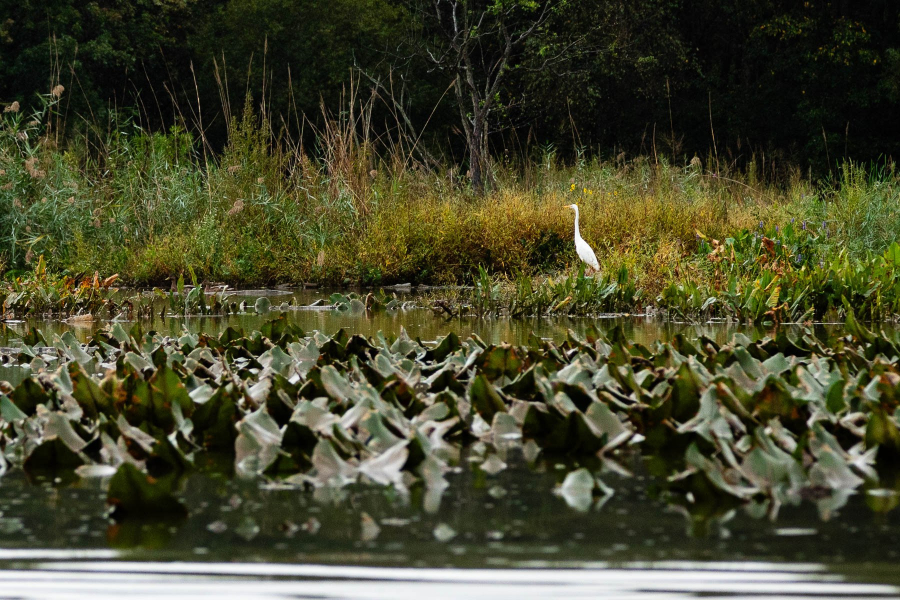
Wild rice, which grows in wetlands, is one of the most critical food sources for migrating waterfowl and other birds (in addition to being sacred to some Indigenous communities). But the food staple has decreased in many areas due to invasive species and land development. Near Kingman Lake on the Anacostia River in Washington, D.C., the Anacostia Watershed Society has successfully brought back wild rice within a 34-acre wetland by propagating the plant, removing invasive Phragmites, and installing enclosures that keep geese from eating the wild rice. The conservation group also planted trees to replace ones that were killed by the emerald ash borer. This not only improves the health of the wetland but adds a valuable food source for key bird species.
A severely polluted river gets its wetlands back
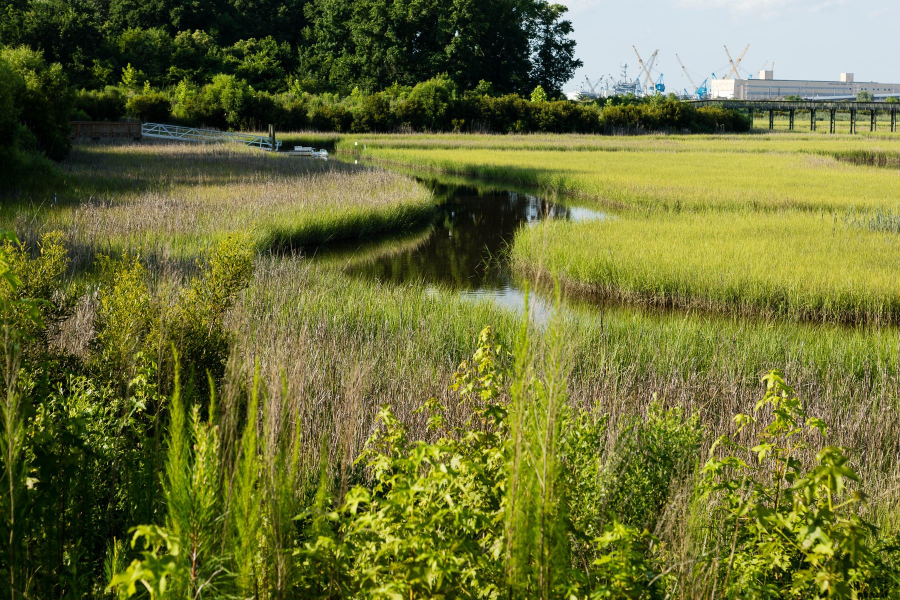
In 2001, researchers at Old Dominion University concluded that Paradise Creek, which is in Virginia’s Elizabeth River watershed, was so polluted with chemical and industrial pollution that just two worm species made up 86% of the life in the creek bottom. This was all turned around by the Elizabeth River Project (ERP), which brought together more than 50 of the creek’s biggest stakeholders to dredge toxics and carry out over 20 restoration projects. Eleven acres of wetland have been created in the process, which has produced habitat for 160 bird species! ERP also built Paradise Creek Nature Park to give people unprecedented access to the beautiful Virginia wetland.
A trash dump becomes a vernal pool haven

In 2007, The Nature Conservancy purchased 70 acres of the Forest Pools Preserve in Cumberland County, Pennsylvania, which had fallen into disrepair due to extensive littering. The organization cleaned up the site and in 2010 began restoring its vernal pools, a type of wetland that develops in the spring as winter snow melts or rainwater collects. Vernal pools are essential habitat for amphibians such as frogs and salamanders, which lay their eggs in the water. When hiking in the spring, keep an eye out for these ephemeral habitats and you may be able to see egg masses and juvenile salamanders!
An Eastern Shore landowner creates waterfowl habitat
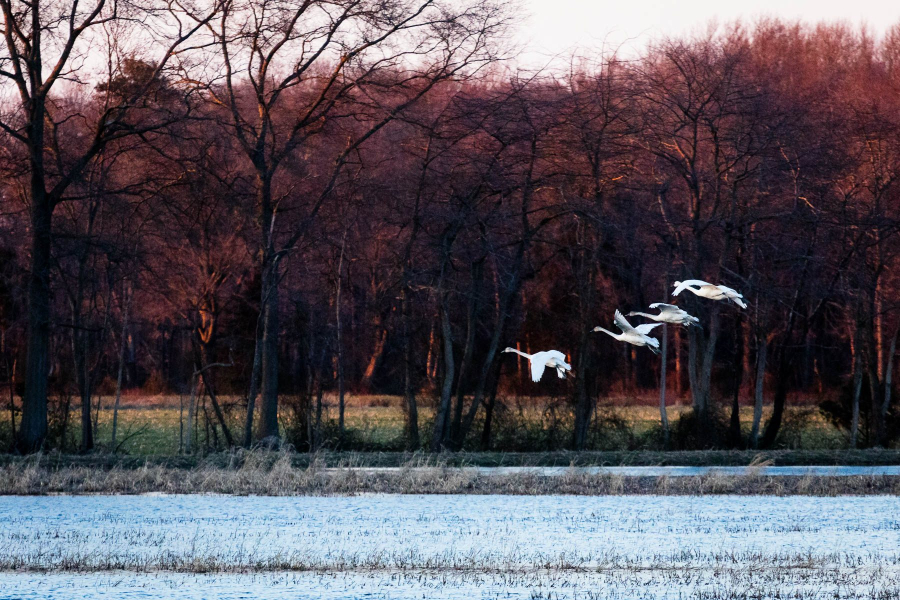
As an avid hunter and bird watcher, Mark Furr had always dreamed of restoring a wetland on his 397-acre tract of farmland on Maryland’s Eastern Shore. In 2017, this dream became a reality when Furr partnered with Ducks Unlimited to flood a marginal part of the property and create a wetland. Because the Delmarva area is so flat, water naturally collects on the land and forms a type of wetland called a Delmarva Bay, which is what Furr created on his property. All costs for the project were covered by Ducks Unlimited and Furr agreed to maintain the wetland for at least 15 years. Today, the wetland continues to host a wide array of waterfowl and Furr still rents the rest of the property to farmers.
Forested wetlands are brought back on elementary school property
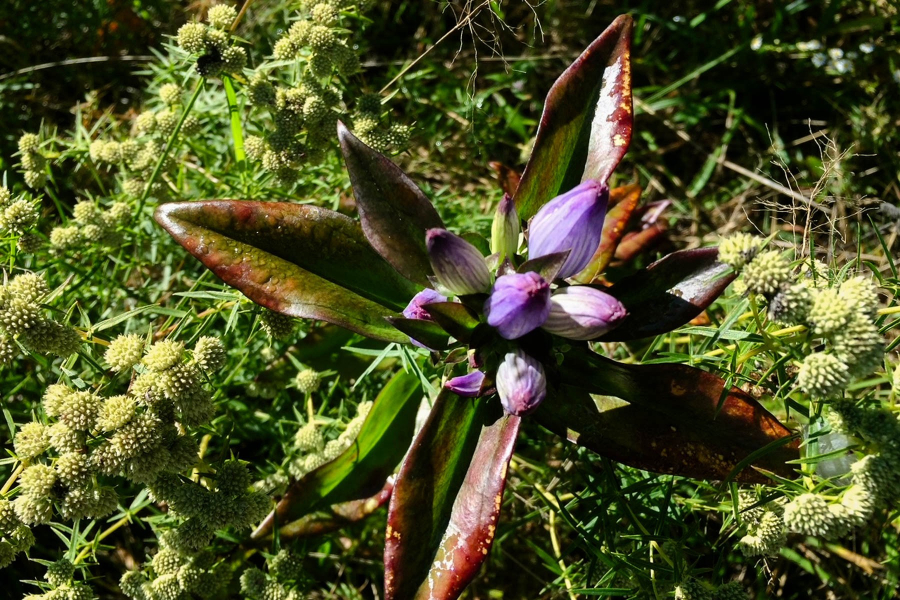
When Widmyer Elementary School in Morgan County, West Virginia, was constructed in 1975, a nearby wetland was sacrificed for the development. However, nearly 35 years later, the Eastern Panhandle Conservation District restored the wetland in an effort to better protect the Warm Springs watershed. The Warm Springs Watershed Association helped with restoration and was brought in to make the wetland more accessible to students and the general public with a bridge and bench. The association also maintains the wetland going forward, relying on dedicated volunteers from the community.
Conserved land turns into wetland oasis
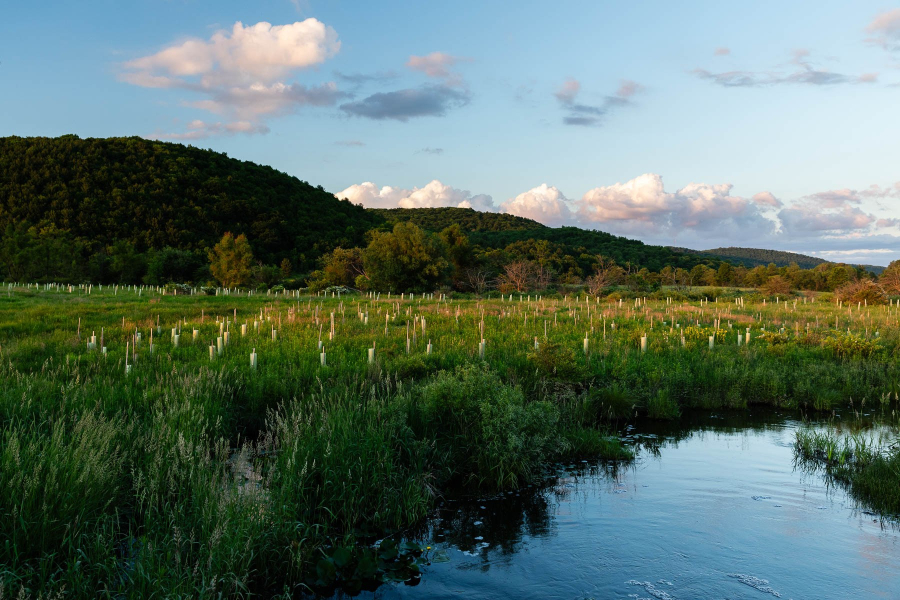
In 1995 landowners Susan Creed and Paul Goetchius donated 18 acres of wetlands, meadow and forest in Tompkins County, New York, to the Finger Lakes Land Trust in honor of their late parents. Since then, multiple property acquisitions have formed the stunning, 103-acre Goetchius Wetland Preserve, which hosts an array of wildlife and is open to the public to enjoy. The Upper Susquehanna Coalition, which raised the funds to acquire much of the preserve, has partnered with the Finger Lakes Land Trust to execute numerous wetland restoration projects on the property.
These stories are just a small sample of all the wetland protection, restoration and enhancement efforts happening across the Bay watershed.
Do you have an inspiring project to share? Let us know in the comments!

Comments
There are no comments.
Thank you!
Your comment has been received. Before it can be published, the comment will be reviewed by our team to ensure it adheres with our rules of engagement.
Back to recent stories